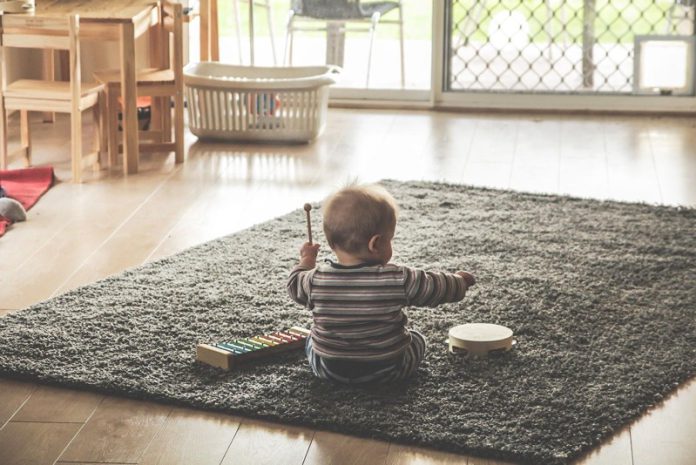5 Useful Tips That Make Your Home Baby-Safe
You recently moved in and would want to keep your kiddos from getting hurt when they are supposed to be carefree and playful. Here are some baby steps you can follow to do so:
1. Use Door Knob Covers to Secure Doors to Unsafe Rooms
Making sure your kids can’t get out of the house or into rooms that aren’t childproofed is one of the first stages in childproofing your home.
Little hands have a hard time gripping, turning, and opening doors with doorknob coverings on. They should be installed on all of your home’s exit doors as well as bathroom doors. It’s also a good idea to put them on closet doors and any other room doors that you don’t want your youngster to enter.
Keep in mind that childproofing lever door knobs is far more difficult. Lever handle locks are available; however, they can only be opened in one direction; thus they’re best for closets and the like.
2. Cabinet Locks
You don’t want your child to open doors that lead to dangerous places, and you don’t want them to open bathroom or kitchen cupboards that could contain dangerous items.
The most common alternatives for securing your cabinets are an interior latch that you screw into the cabinets or an external lock. Internal latches, in particular, have a significant downside in that they frequently fail. The disadvantage of using an external lock is remembering to replace it every time you open your cabinets.
However, with a lock comes the possibility to lose its key. As an additional precautionary measure, you can keep a schlage rekey kit for not panicking and rekeying without changing the lock if such a thing happens.
You might employ a ‘layers of protection’ childproofing method and install both to be extra safe.
3. Wiring and electricity Safety
Most of us undoubtedly received quite a few of those outlet plug covers that you insert in the socket at our baby showers. Installing a protective plate for your electric socket in your toddler’s room is a safer solution.
Children soon pick up on removing and replacing outlet covers when vacuuming or plugging in a new clock, for example, and begin to imitate you. When you aren’t right there watching everything your toddler does, you may want to be a little more secure in her room.
4. Invest in the door guards
Children cramming fingers in hinged doors is a typical occurrence, but you can avoid this in your home by installing childproofing door safety guards. These keep open doors from slamming shut when they come loose from the wall.
Safety latches keep cabinet doors locked to prevent fingers from becoming stuck, while door handle covers keep your kid from opening cupboards and drawers with harmful agents like detergent or solvents.
5. Adjustable Gates
Baby gates can assist in protecting your children from accessing rooms through broad doorways in addition to keeping them off the stairs.
When visiting friends or family members who do not have a well-childproofed house, use an adjustable, portable mesh gate that provides a temporary barrier.
Follow these tips and you have ensured your tots’ safety.















